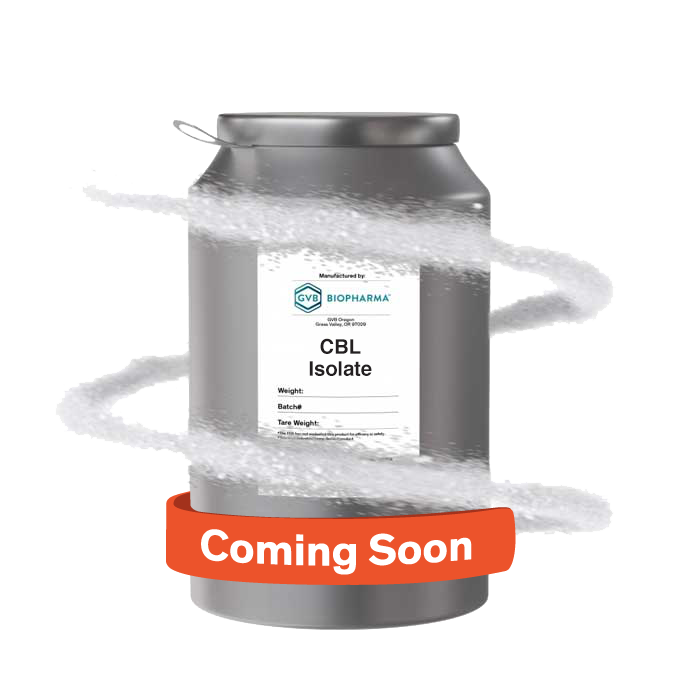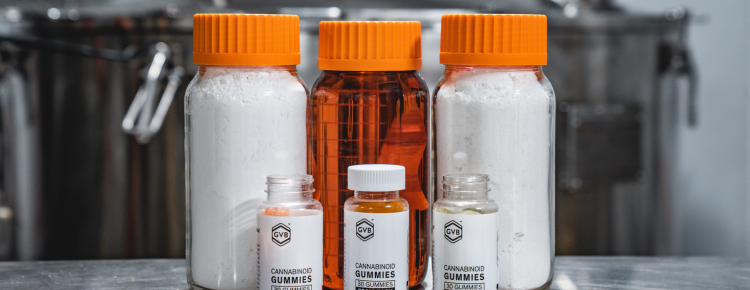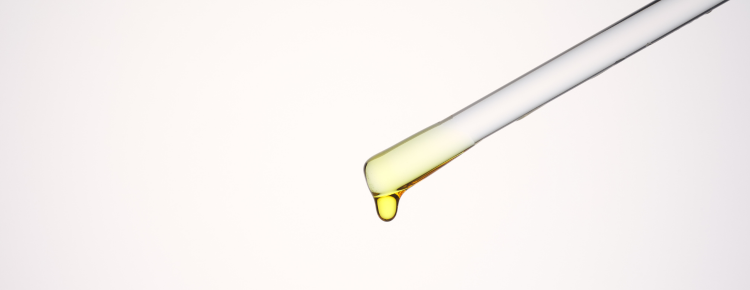The list of cannabinoids catching the eye of the international scientific community grows every day. Recently, cannabicyclol (CBL) has risen to the forefront due to its unique structure and intriguing therapeutic properties. Perhaps a sought-after missing link in the cannabinoid chain, CBL has the potential to perfect the entourage effect and vastly expand our understanding of what cannabis has to offer.
In this informational overview, learn what CBL is, catch up on the latest CBL research, and find out how CBL compares to other cannabinoids. Then, learn what CBL products are available, and begin your preparations for the coming cannabicyclol wave.
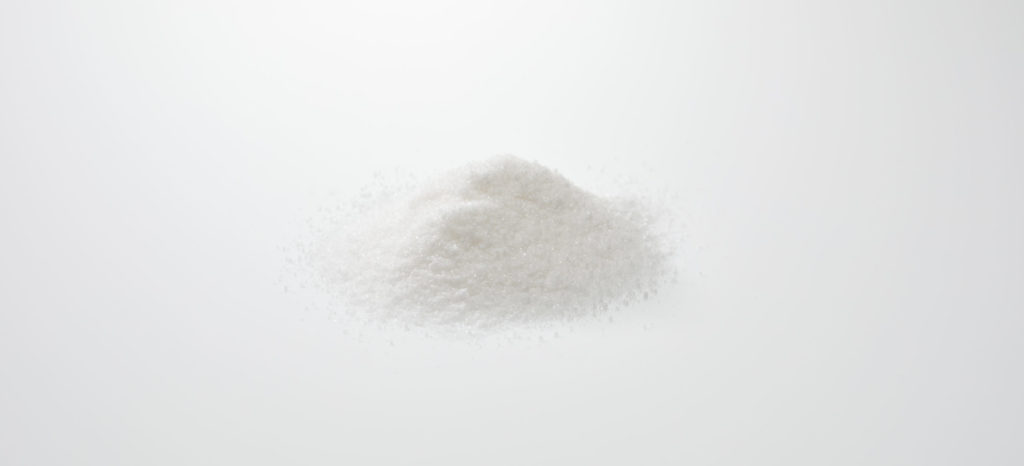
What is CBL?
Cannabicyclol is a rare cannabinoid that naturally occurs when cannabichromene (CBC) oxidizes. In this way, cannabicyclol has the same relationship to CBC that cannabinol (CBN) has to THC—both cannabinoids are entirely natural but only appear when another cannabinoid oxidizes.
A variety of factors can cause CBC to oxidize into CBL. Heat, age, and UV light can all trigger the process, but in most cases, CBL is artificially oxidized in a lab. This does nothing to contaminate the end product but simply speeds along the conversion process.
What kind of research is being done on CBL?
Cannabicyclol is one of the least-researched cannabinoids. A full pharmacological evaluation has yet to be conducted, meaning we still don’t have any direct evidence regarding whether CBL might offer unique benefits compared to other cannabinoids.
While this means there’s a lot we still can’t say about CBL, it also makes this cannabinoid a hotbed of possibilities. It’s anyone’s guess what we might learn about CBL in the future, but here’s what we know so far:
1. CBL was first discovered by Raphael Mechoulam’s Israeli team of cannabis researchers¹ in 1966
2. Considerable chemical experimentation² has been conducted upon cannabicyclol since, but little attention has been paid to its potential medicinal uses
3. In 2008, cannabicyclol was detected in a 2,700-year-old cannabis sample³ unearthed in China
4. Recent consumer interest in CBL will likely spur further research—including a comprehensive pharmacological evaluation
Who is the target audience for CBL?
Once products containing cannabicyclol become available, they will most likely appeal to adventurous consumers who are already accustomed to cannabinoids and want to try something new. We don’t know which potential benefits CBL may offer at this point, making it difficult to speculate on this cannabinoid’s eventual appeal with any greater specificity.
What are the effects of CBL?
At the moment, we’re largely in the dark regarding how CBL affects the human body and might alter your mind. Since this cannabinoid is a derivative of CBC, however, it is likely to be non-intoxicating. CBC has thoroughly non-intoxicating effects, and if the relationship between THC and CBN is any example, cannabinoids that emerge via oxidation usually have weaker effects than their origin substances.
What are the benefits of CBL?
Until the pharmacological effects of CBL are fully understood, we only have enough data to speculate on one of this cannabinoid’s potential benefits: its contribution to the entourage effect. The ultimate cannabis experience seems to be hidden away in some as-yet-undiscovered combination of cannabinoids, terpenes, and flavonoids. The more cannabinoids we have to work with, the more likely we’ll discover new ways to expand the benefits of the entourage effect⁴.
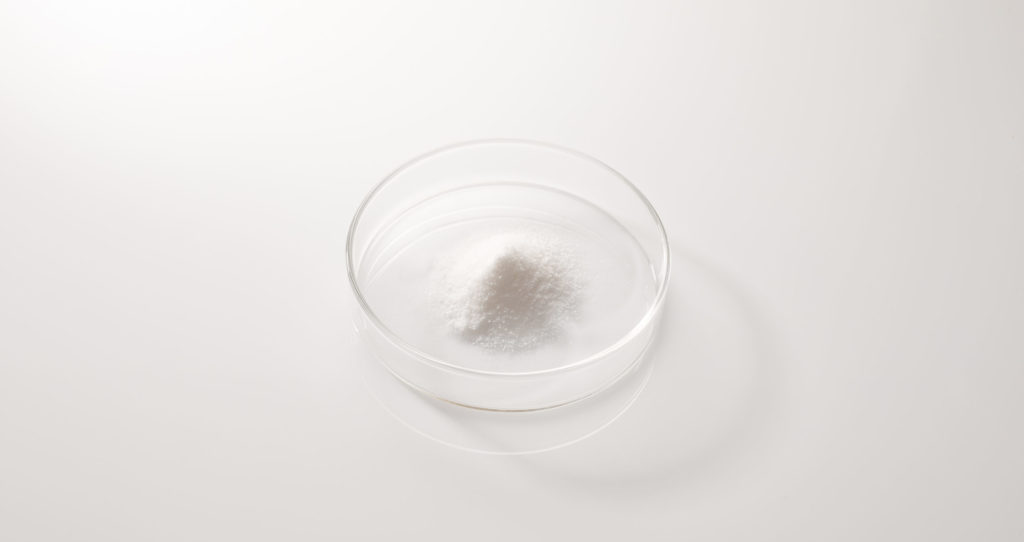
CBL vs. CBD vs. CBG vs. CBT vs. THC
How does CBL compare to other cannabinoids in terms of its effects, benefits, and regulatory status? Let’s find out:
CBL vs. CBD
Other than both being non-intoxicating, CBL doesn’t appear to bear that much resemblance to CBD. The two hemp cannabinoids come from considerably different lineages, after all: CBD converts from CBGa via CBDa while CBL takes the long way around as a metabolite of CBC. We’ll know more about how CBD and CBL square up once we’ve acquired significant data regarding CBL’s potential benefits.
CBL vs. CBG
Likewise, the relationship between CBG and CBL doesn’t seem all that close. As a direct metabolite of CBGa, CBG is only one degree of separation away from the cannabinoid “source” while CBL is a few more degrees removed. The benefits of CBG and CBL may line up in ways that will only become apparent once we’ve learned more about CBL’s effects in the human body.
CBL vs. CBT
CBL and CBT are more related than most cannabinoids. Both substances are derived from CBC: While CBL emerges from CBC due to oxidation, CBT comes into existence when CBC undergoes an enzymatic reaction. As is the case with CBL, future research will reveal the potential benefits of CBT, but the ever-increasing popularity of cannabinoids all-but ensures future research into both substances.
CBL vs. THC
CBL isn’t very similar to THC. These two substances emerge during the maturation of cannabis flower in very different ways, and the effects of CBL and THC are unlikely to line up in any major categories. While we still do not know about CBL’s effects, it’s very unlikely this cannabinoid induces any degree of intoxication.
Which cannabinoids compliment CBL products?
It might still be too soon to start adding CBL to white label cannabinoid products, but we can still speculate regarding which types of bulk CBL products will be popular once this cannabinoid becomes more widely available. While there will ultimately be infinite ways to include CBL in hemp formulations, we think this cannabinoid will pair most nicely with CBC and CBG.
CBC
In addition to the entourage effect, CBC and CBL combine to offer another type of synergy. CBC itself is relatively new to the cannabinoid market, and pairing CBC with CBL helps consumers familiarize themselves with this entire family of new hemp compounds. Plus, CBL will benefit from the increased legitimacy CBC offers as a cannabinoid that has been on the market for a while already.
CBG
CBD has done so much to change the world, but in the end, it’s only one cannabinoid. This leader of the hemp movement has learned to share space with CBG, which is increasingly viewed as CBD’s equal across the board. Pairing CBL with CBG preserves CBL’s novel mystique while also offering benefits you won’t find in CBD products.
Best white label products to infuse with CBL
Once bulk CBL becomes available, which types of products will be best to infuse with the unprecedented benefits of this rare cannabinoid? We think capsules, tinctures, and gummies will lead the way as the emerging CBL market evolves.
1. White label CBL capsules
Capsules are familiar enough to make even brand-new cannabinoids like CBL seem approachable. Plus, capsules are inherently convenient, and hemp consumers have already gotten used to taking their daily doses of cannabinoids in capsule form. It’s simple to combine multiple cannabinoids inside capsules, leaving room for CBL products that target the entourage effect.
2. Wholesale CBL tinctures
Some hemp consumers will be fans of capsules, and others will prefer tinctures. In fact, some cannabinoid users like to have both on hand—tinctures allow more pinpoint dosing but are less convenient while capsules offer unique value thanks to their dose-and-forget simplicity. Crafting a CBL tincture will provide you with opportunities to put your brand’s unique stamp on your products in the form of a singular blend of additional ingredients.
3. Bulk CBL gummies
Gummies are taking the cannabinoid market by storm, and the distinctive appeal of hemp gummies perfectly complements the brand-newness of CBL. Formulable in sweet or sour variations, gummies lend a friendly zest to using hemp that accentuates CBL’s never-before-experienced benefits.
How to succeed with CBL
First, CBD proved the general market was ready for cannabis-derived products as long as they didn’t contain enough THC to get you high. Then, CBG proved the world of hemp isn’t limited to just CBD. Over the intervening years, additional non-intoxicating cannabinoids like CBN, CBC, CBDv, and CBGa emerged, further expanding the hemp playing field and revealing the foundations of a much-larger global cannabinoid economy than anyone ever anticipated.
Consider the ongoing emergence of cannabinoids like CBL and CBT as the “fourth wave” of the hemp economy. By now, there are so many cannabinoids available that consumers have overcome their skepticism and will more readily accept each new hemp cannabinoid as it appears. The mystery of CBL is its greatest attribute at the moment, but as we learn more about what this cannabinoid has to offer, CBL will find its rightful place within a pantheon of hemp compounds increasingly viewed as legitimate medicines.
Though it might not be available yet, start planning for your products to contain CBL sooner rather than later. In the near future, the brand that’s best able to blend the benefits of multiple cannabinoids into a single product will command the most consumer attention, so emerging cannabinoids like CBL shouldn’t be exempt from your expectations for the bright future of the global hemp industry.
Cannabicyclol cannabinoid FAQs
1. Is CBL better than CBD?
We don’t know enough about CBL yet to say how it might compare to CBD. On the other hand, we now know enough about CBD to conclude that it might have at least some therapeutic potential against some conditions, resulting in — among other things — a prescription drug being made using CBD. As more CBL research comes in over the next few years, we might find sufficient evidence to start comparing it to other cannabinoids.
2. Is CBL the same as CBT?
No, CBL and CBT are different cannabinoids even though they’re often associated with each other. There’s solid grounds for this association since both cannabinoids are related to CBC, but it appears that CBL and CBT have unique properties justifying conducting research into each cannabinoid in greater detail.
3. Is CBL psychoactive?
There is no indication that CBL is psychoactive in the sense of being intoxicating, but all cannabinoids are psychoactive to some degree — even CBD. With that said, CBL is related to CBC, which is considered to be non-intoxicating. As a result, the logical likelihood that CBL will be found to have intoxicating attributes is very low.
4. What does CBL do to your brain?
We don’t know enough about CBL yet to speculate on the potential effects it might have on the human brain. Studies into CBC, though (the source compound of CBL), suggest that this cannabinoid might interact strongly with the TRP receptors throughout your body, which are involved in inflammation and inflammatory pain. CBL should be researched in more detail both to confirm or deny these purported effects of CBC and also to determine if they might be stronger when offered in the form of this close derivative.
Sources
- 1. Hashish. Its Chemistry and Pharmacology. (1966). Annals of Internal Medicine, 64(1), 227. https://doi.org/10.7326/0003-4819-64-1-227_7
- 2. Vree, T., Breimer, D., van Ginneken, C., & van Rossum, J. (1972). Identification of cannabicyclol with a pentyl or propyl side-chain by means of combined as chromatography—mass spectrometry. Journal of Chromatography A, 74(1), 124–127. https://doi.org/10.1016/s0021-9673(01)94980-5
- 3. Russo, E. B., Jiang, H. E., Li, X., Sutton, A., Carboni, A., del Bianco, F., Mandolino, G., Potter, D. J., Zhao, Y. X., Bera, S., Zhang, Y. B., Lü, E. G., Ferguson, D. K., Hueber, F., Zhao, L. C., Liu, C. J., Wang, Y. F., & Li, C. S. (2008). Phytochemical and genetic analyses of ancient cannabis from Central Asia. Journal of Experimental Botany, 59(15), 4171–4182. https://doi.org/10.1093/jxb/ern260
- 4. Russo, E. B. (2019). The Case for the Entourage Effect and Conventional Breeding of Clinical Cannabis: No “Strain,” No Gain. Frontiers in Plant Science, 9. https://doi.org/10.3389/fpls.2018.01969


